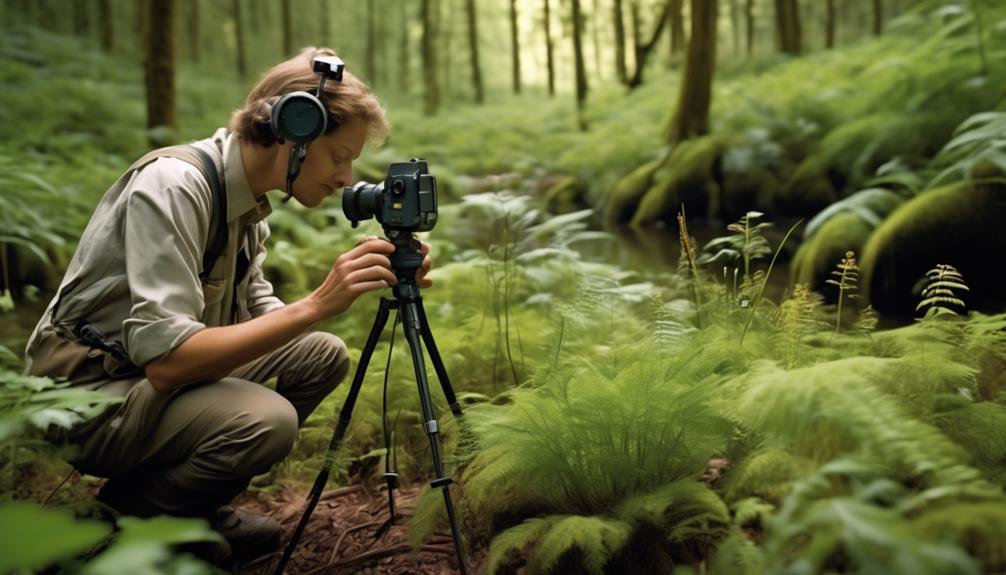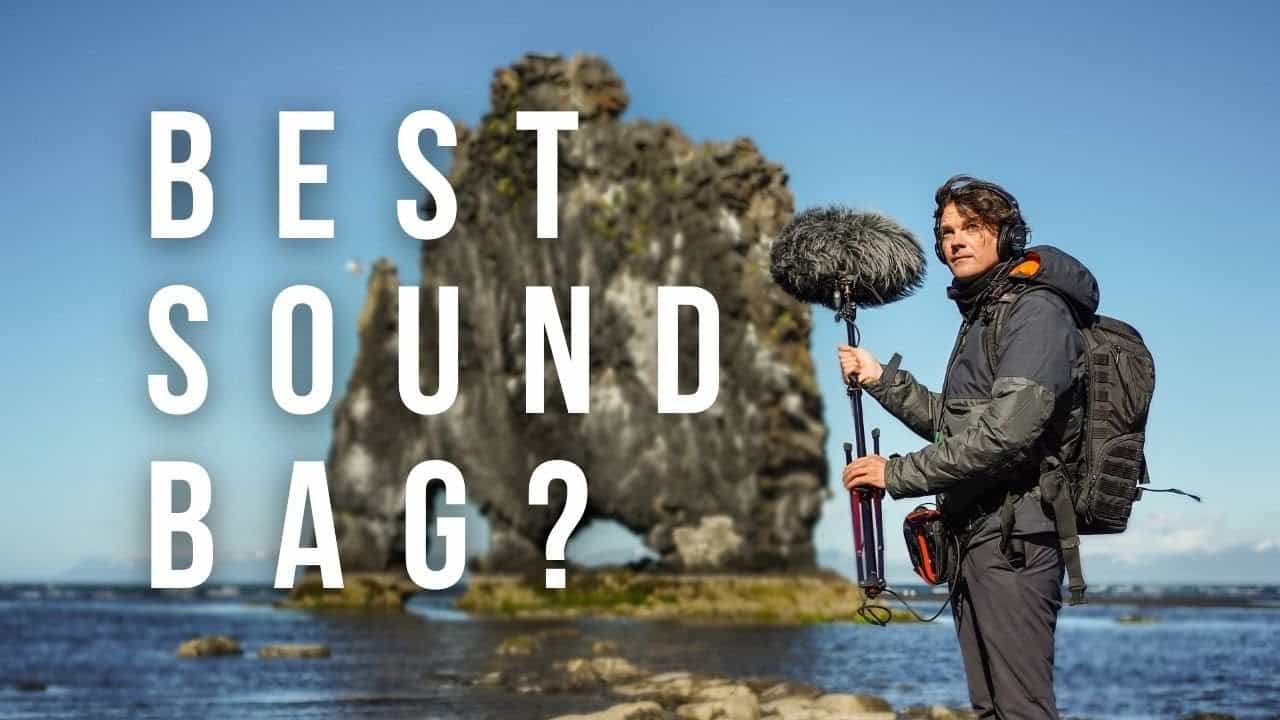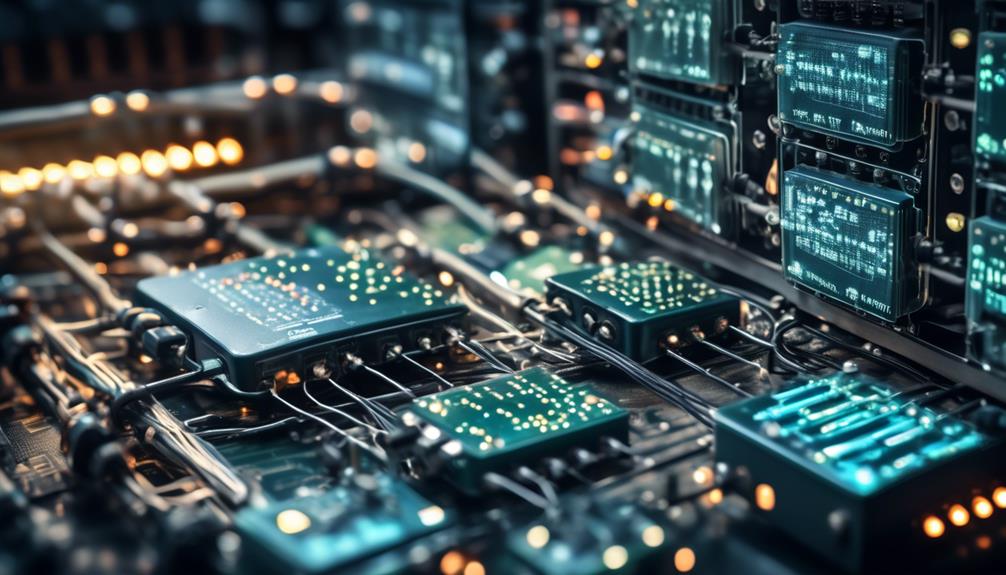Recording field work may appear to be a specialized practice, typically pursued by only the most daring audio enthusiasts. Nonetheless, it is a vital component in capturing genuine and distinct sounds for a variety of media projects.
From the bustling streets of a city to the serene sounds of nature, field work recording allows us to bring a sense of realism and depth to our audio productions that simply can't be achieved in a controlled studio environment.
But what exactly does it entail, and how does it impact the final outcome of a project?
Key Takeaways
- Field work recording captures authentic and diverse sounds, enhancing the richness and depth of audio production.
- It provides the raw and unfiltered essence of environments, enriching sound libraries with a varied palette.
- Field work recording fosters a deeper connection with the sonic world, allowing for a more immersive auditory experience.
- It plays a pivotal role in various disciplines such as filmmaking, wildlife documentaries, music production, and scientific research, adding depth and realism to the auditory components of final projects.
Importance of Field Work Recording
Field work recording is an indispensable practice for capturing authentic and diverse sounds, enhancing the richness and depth of audio production. As sound designers, we understand the pivotal role of field recording in obtaining natural sounds that breathe life into various media projects, whether it be for video games, films, or music production. The significance of field recording lies in its ability to capture the raw and unfiltered essence of urban environments, remote landscapes, and everything in between. This process involves utilizing high-quality recording equipment to capture location sound, ensuring that every nuance and subtlety of the environment is faithfully reproduced.
The captured sounds from field recording serve as a treasure trove for sound designers, providing a vast and varied palette to work with. These sounds, ranging from the rustling of leaves to the bustling city streets, not only enrich sound libraries but also offer a genuine and immersive experience for the audience.
Furthermore, the act of venturing into the field for recording purposes fosters a deeper connection with the sonic world, contributing to the mental well-being of the sound designer through a mindful and therapeutic engagement with the environment.
Tools and Techniques for Field Recording

Exploring the world of field recording unveils an array of essential tools and techniques that elevate the capturing of authentic sounds, building upon the pivotal role discussed earlier in obtaining natural sounds for audio production.
As field recordists, we rely on a combination of high-quality equipment and advanced recording techniques to ensure the highest fidelity in our captured soundscapes.
Some indispensable tools and techniques for field recording include:
- Professional audio recorders: These devices are essential for capturing high-resolution sound with the necessary flexibility and control.
- Specialized microphones: Different microphones, such as omnidirectional, cardioid, and shotgun mics, are utilized to capture specific sound sources accurately.
- Wind protection and shock mounts: These accessories are crucial for mitigating unwanted noise caused by environmental factors and handling.
- Advanced recording techniques: A/B, XY, M/S, and innovative microphone placement enable us to capture a wide stereo image, control ambiance levels, and experiment with creative sound diffusion.
Mastering these tools and techniques is vital for capturing pristine source material, which can be used for sound effects in various media and forms the foundation of our work in the field.
History and Evolution of Field Recording
The evolution of field recording has been shaped by technological advancements and a growing appreciation for authentic soundscapes. The history of field recording dates back to the early 20th century, when Ludwig Koch pioneered the art of capturing natural sound recordings. His work laid the foundation for the field, inspiring future generations to explore the sonic world. In the 1940s, Pierre Schaeffer expanded the scope of field recording by incorporating natural sounds into musique concrète, a form of music created by manipulating recorded sounds. This marked a significant evolution in the use of field recordings, as it shifted from a purely documentary practice to an artistic and experimental endeavor.
| Key Figures | Contributions |
|---|---|
| Ludwig Koch | Pioneer in capturing natural sound recordings |
| Pierre Schaeffer | Expanded field recording into musique concrète |
Over time, field recording has become an essential tool for creating ambient soundscapes, foley work for film, and sound design. The evolution of recording techniques, equipment, and artistic expression has shaped the history of field recording, making it an indispensable part of the audio industry.
Field Recording in Various Disciplines

With regards to recording sounds in diverse fields, capturing natural and human-produced sounds, electromagnetic fields, and vibrations outside of a studio setting is a crucial aspect of producing authentic and immersive auditory experiences.
When conducting field recordings, it's imperative to utilize high-quality field recorders with excellent frequency response and low noise, ensuring the faithful reproduction of ambient sounds. Additionally, employing shock mounts for microphones aids in minimizing unwanted vibrations and handling noise, thereby preserving the integrity of the captured sounds.
Experimenting with different sample rates allows for the capture of a wide range of frequencies, providing flexibility in achieving the desired sound.
In various disciplines, such as filmmaking, wildlife documentaries, music production, and scientific research, field recordings play a pivotal role in adding depth and realism to the auditory components of the final product, enriching the overall experience for the audience.
Impact of Field Work Recording
Recording sounds in diverse fields not only enhances the auditory elements of final projects but also provides unique and authentic audio experiences. The impact of field work recording is profound, as it allows for the capture of sounds that are otherwise unattainable in traditional studio environments.
The low frequency response of natural ambient sounds, for instance, adds depth and richness to sound libraries, providing sound designers with a wider array of options for their projects.
Additionally, field recording opens up a world of possibilities for video, research, and music production, as it allows for the authentic capture of sounds from various environments and situations.
By using specialized equipment like the Zoom H4n, we can record high-quality audio that truly immerses the audience in the experience being presented.
Ultimately, the impact of field work recording extends beyond just the auditory aspect, as it enriches the overall quality and authenticity of the final project, making it a crucial element in the world of field recording.
Frequently Asked Questions
What Is the Difference Between Field Recording and Studio Recording?
The difference between field recording and studio recording lies in the recording environment and techniques used.
Field recording captures natural ambiance and unpredictable ambient noise in real time, using portable equipment.
In contrast, studio recording takes place in a controlled setting with fixed equipment, replicating controlled sound and isolated soundscapes.
Field recording involves on-site post production, while studio recording usually involves rehearsed takes and artificial soundscapes.
Why Do I Need a Field Recorder?
We need a field recorder for outdoor challenges, remote locations, and unpredictable elements.
It captures high audio quality, environmental impact, wildlife encounters, and diverse soundscapes.
Gear essentials and field recording techniques provide creative opportunities in sound design.
What Are Different Types of Field Location Recording?
Different types of field location recording include capturing diverse soundscapes like nature sounds, urban environments, wildlife, historical sites, remote locations, industrial sounds, atmospheric ambience, cultural events, underwater sounds, and public spaces. These unique environments offer rich sonic experiences, adding depth and authenticity to our sound libraries. Mastering these recording techniques amplifies our ability to create evocative and immersive auditory experiences.
How Do You Get Good Field Recordings?
To get good field recordings, we need essential equipment, like high-quality recorders and microphones. Understanding the sound environment is crucial for capturing natural ambience and wildlife or urban sounds.
Recording techniques, like creative microphone placement, are essential. Weather challenges in remote locations require adaptability. Audio editing helps in capturing moments.
Conclusion
In conclusion, field work recording is an essential and versatile practice in audio production.
It allows us to capture the world's unique and authentic sounds, bringing a touch of nature and human experience to various media projects.
Like a treasure hunter seeking out hidden gems, field recording gives us the opportunity to discover and share the beauty of sound in its purest form.
So, let's continue to explore, innovate, and preserve the magic of field recording.










